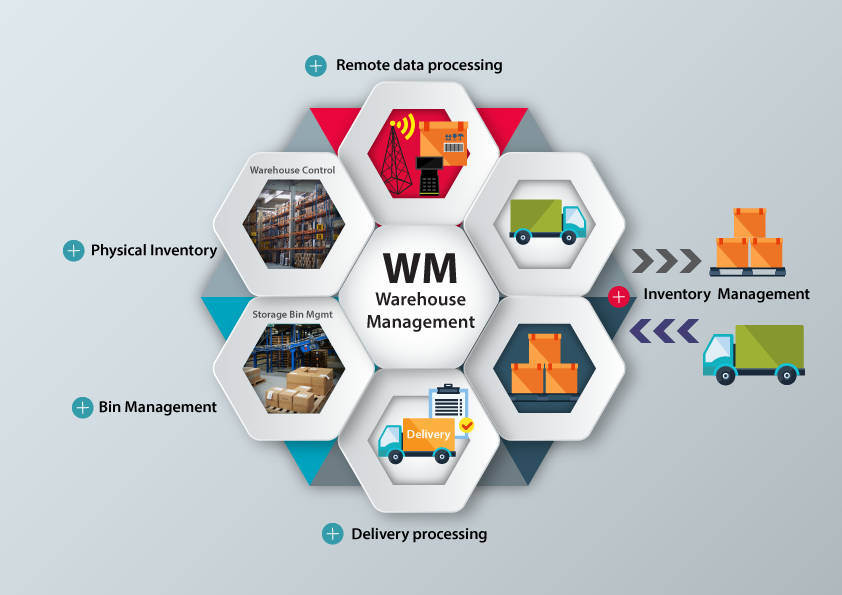Product analytics software offers organizations clarity into their customer’s acquaintance with the product. It includes interactions, visits, and events. This software aids companies in tracking the digital interaction of their products. They can find out the most and the least engaged product amongst their users. These tools provide dashboards and reports that study data and make it efficient to customize user experiences.
Product analytics tools are used by developers, designers, and product managers. With the establishment of roadmaps and product development, data-driven decision-making is enabled easily by the product analytics software. Product analytics software helps improve the overall experience of the product, identify struggle points, and analyze how users are using their website.
A product can qualify for involvement in the Product Analytics category if it is capable of:
- Identifying user interactions with a digital product such as interactions, events, and visits.
- Providing reports and dashboards of envisaged quantitative data
- Identifying the pain points in a product that may lead to agitate
- Identifying flows and behavioral patterns with the help of the product
Table of Contents
What are Product Analytics tools used for?

The main objective is to collect responses about your products through product manager analytics. The data will be regular and reliable too, but these metrics will provide a level of insight, which is rarely found anywhere else. The product manager will find themselves in a hazardous situation without the availability of the data when they put their efforts to solve the task; they are compelled to be reactive instead of strategic. Three grades should be taken into consideration before acquiring the right product analytics tools.
•Product engagement is the observation of how your users interact with your product and the depth of interaction between user and product over time.
•User behavior – How are users guiding, handling, and experiencing your product?
•Product health – How durable and trustworthy are your products?
It is suggested that you use all three steps equally before you begin to research and decide to choose the best tool out of these. With the help of these categories, you will be given the weapons to consider each category. You will be able to analyze each tool’s positive and negative features.
As mentioned above, one of the best ways to solve the problem in your product is with the help of product manager data analytics.
Fundamental features of product analytics tools
Product analytics software is emerging as a popular platform for businesses. It currently has a high market value that is expected to reach 17.6 billion by the year 2024. There is a diverse range of product analytics tools in the market available in the market today. Before making the decision, you must understand the product’s basic features.
It is advisory that you keep a check on these and discover the appropriate experiences for you.
- Session duration – Which pages are attracting customers and why?
- Click events and heat maps – Which areas and critical buttons are used most and the least?
- Clickpaths & exploration – How are your customers navigating and searching for what they require?
- User session recording – How are customers interacting with your application?
- Proactive engagement option – How can enhanced engagement occur for current and existing elements?
- Durability, uptime, and execution metrics – Are your products healthy?
- Customizable dashboard – Can you envision all your data quickly to monitor goals and KPIs?
There are the 10 best product analytics tools out of many tools available in the market for product managers. It can be tough to search for the right tool for your product, relying on your products’ developed state and the kind of details you are trying to catch. The below-mentioned tools can provide you with the required perception to corporate your products to smash a record.
- Amplitude
Amplitude is a compelling software that enables product teams to understand their users while continuously offering insight to ensure proactive retention. Product managers can easily locate granular metrics and high-level KPIs with a variety of data-tracking options and visualizations.
Who is it suitable for?
Customer Experience teams and Products in the B2B + B2C spaces
- Gainsight PX
The product teams are provided with a joined set of functionalities and a truly robust system to store customer feedback, locate usage, and build in-app engagement opportunities to promote retention and adoption. Gainsight PX software makes it easier for the product teams to utilize these systems. As a branch of their evolving portfolio, Gainsight PX provides an immense experience to understand the whole user lifecycle.
Who is it best for?
Customer Experience teams and Products in the B2B space
- Google Analytics
Google Analytics is one of the vital software in the industry. It provides a strong solution to its product managers, which aids in monitoring general product usage and user traffics. Google Analytics software is quite well-known for its powerful integrations with other tools. It efficiently gathers data to be utilized throughout your entire organization’s tech stack.
Who is it suitable for?
Marketing and Product teams in the B2C space
- Heap
Still, look no further than Heap’s Immolations, If you’re looking for an incredibly grainy product analytics device that helps describe the tale for each customer. By tracing user affairs and behavior with low to no effort needed from an engineering platoon, product administrators can incontinently dive in to commence segmenting and reviewing client happenings throughout the product.
Who’s it sensible for?
Product & Client Experience brigades in the B2B B2C spaces
- Mixpanel
For product administrators that demand both self-service and a specialized approach to gathering and understanding product analytics, Mixpanel offers a broad category of results to assist measure and even forecasting client usage across your unique segmentation requirements. Complete with customizable dashboards and a closely boundless series of options to address your standards, Mixpanel is an accomplished extension to any product executive’s toolkit.
Who’s it good for?
Product & Client Experience brigades in the B2B B2C spaces
- Pendo
For product executives aiming to decide on universal product operation and proactively grip with users, Pendo is one of the swift-raising options on the request. Platoons using Pendo are suitable for attaining quantitative and qualitative perceptivity, direct client feedback, and general product criteria across the web and portable operations, making it a good add-on for teams with both big and small product portfolios.
Who’s it reasonable for?
Product & Client Experience brigades in the B2B B2C spaces
- WalkMe
WalkMe is an amazing tool for product managers who are willing to drive the digital adoption of their product suite. WalkMe software gathers insights, provides assistance, and offers the perfect engagement to ensure that the users get the best experience possible.
Who is it good for?
Customer Experience teams in the B2B + B2C spaces
- LogRocket
LogRocket is a perfect tool for product managers who want to track performance issues and errors along with a look at the actual user sessions. Your team can have insights on how your product works and what needs amendment by following customers’ journey whenever they reach your product to analyze the good and bad, the intuitive and frustrating flow.
Who is it suitable for?
Engineering teams, Support, and Product in the B2B + B2C spaces.
- Mouseflow
Mouseflow is a strong tool for product managers who are willing to understand why visitors aren’t changing to users. It is well-versed with in-app surveys, conversion funnels, and in-depth product heatmaps. It helps you in the betterment of the digital adoption experience. Along with this, Mouseflow helps track the engagement of products you have to offer to your customers.
Who is it best for?
Customer Experience teams, Product, and Marketing in the B2B + B2C spaces
- Smartlook
Smartlook proves to be the best tool for you if you are willing to store user sessions and product metrics on both mobile devices and the web. This software provides a clear visualization, an amazing clean interface, and entrance to historical user engagement data and recordings. It is best for the product managers who have a variety of products to look after.
Who is it suitable for?
Engineering teams, Support, and Products in the B2B + B2C spaces
Conclusion
These were some of the best options for product analytics tools available in the market. However, you can always search for equally good alternatives for these tools. Each analytical tool has its strengths and weaknesses. These product analytics tools are required to match your specific criteria. You must primarily focus on the type of tool you require for your business. It is also possible that you may require a combination of different tools available in the market. In that case, your prime objective must be to list your specific needs and then look for a tool that can perfectly meet your requirements.
The advancement of your company from average to flourishing depends on your product analytical tools. So, you must be very particular while investing in any such tool. A product analytics tool defines the future of your company. So, choose wisely between the diverse range of these products. If you need more information or require assistance in choosing the right product analytics software for your organization, you may connect with us at SaaSworthy.






